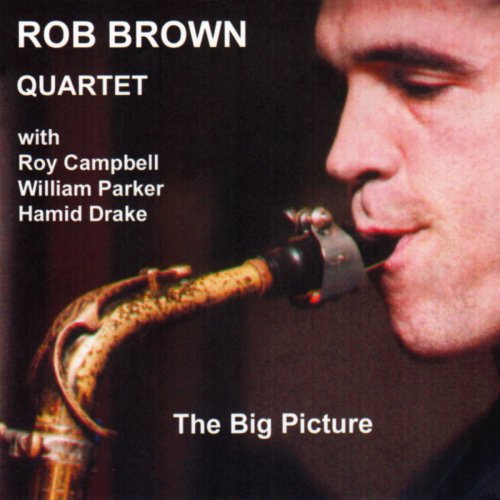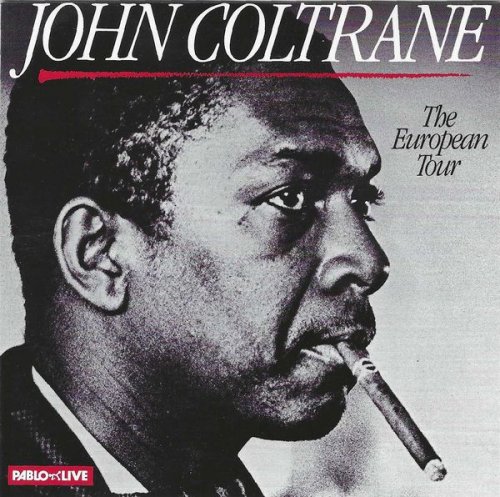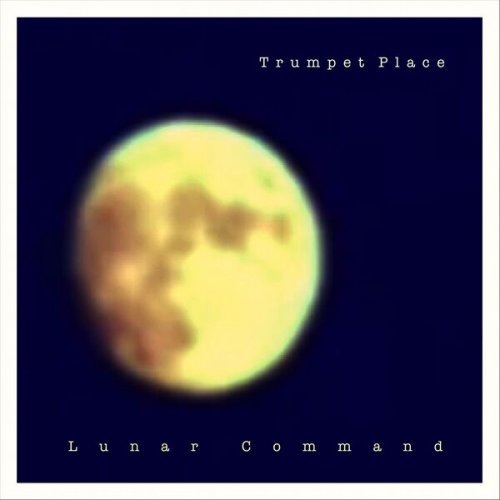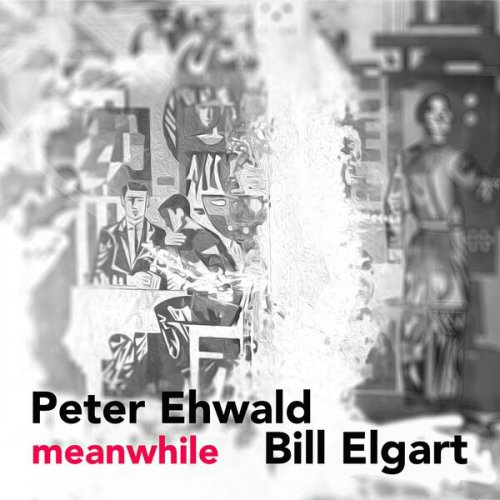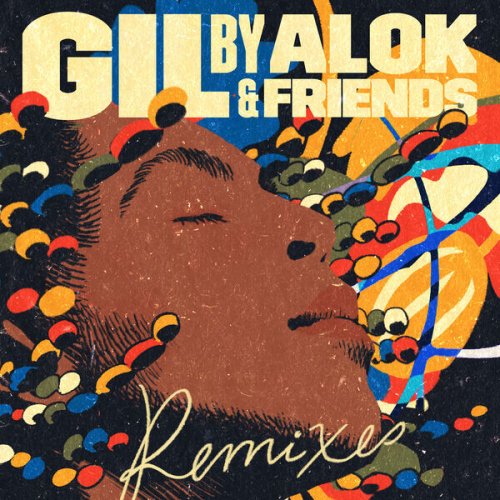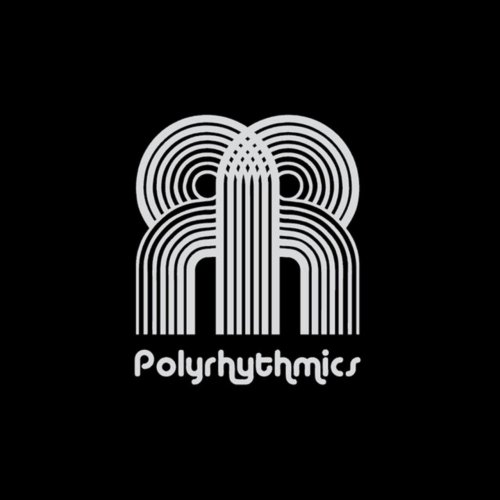Luca Colombo & Sugiko Chinen - Yoshinao Nakada, Astor Piazzolla: Four Seasons, Four Hands (Arr. for Piano Four-Hands) (2018)
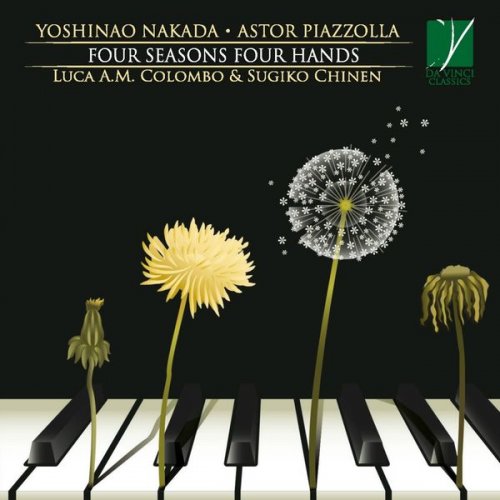
Artist: Luca Colombo, Sugiko Chinen
Title: Yoshinao Nakada, Astor Piazzolla: Four Seasons, Four Hands (Arr. for Piano Four-Hands)
Year Of Release: 2018
Label: Da Vinci Classics
Genre: Classical
Quality: FLAC (tracks)
Total Time: 50:39
Total Size: 164 MB
WebSite: Album Preview
Tracklist:Title: Yoshinao Nakada, Astor Piazzolla: Four Seasons, Four Hands (Arr. for Piano Four-Hands)
Year Of Release: 2018
Label: Da Vinci Classics
Genre: Classical
Quality: FLAC (tracks)
Total Time: 50:39
Total Size: 164 MB
WebSite: Album Preview
1. Luca Colombo & Sugiko Chinen – The Four Seasons of Japan: I. Spring Has Come and Cherry Blossoms Bloomed (03:02)
2. Luca Colombo & Sugiko Chinen – The Four Seasons of Japan: II. A Bright Sky of May, And Mount Fuji (03:27)
3. Luca Colombo & Sugiko Chinen – The Four Seasons of Japan: III. Long Rainy Days, And Soon Summer Comes (03:20)
4. Luca Colombo & Sugiko Chinen – The Four Seasons of Japan: IV. Fresh Summer and Sultry Summer (03:00)
5. Luca Colombo & Sugiko Chinen – The Four Seasons of Japan: V. From Early Autumn to Mid-Autumn (02:56)
6. Luca Colombo & Sugiko Chinen – The Four Seasons of Japan: VI. Winter Has Come, Snow Began to Fall, And It Froze Over (06:37)
7. Luca Colombo & Sugiko Chinen – The Four Seasons of Buenos Aires (Arr. for Piano Four-Hands): I. Verano Porteño (06:20)
8. Luca Colombo & Sugiko Chinen – The Four Seasons of Buenos Aires (Arr. for Piano Four-Hands): II. Invierno Porteño (07:40)
9. Luca Colombo & Sugiko Chinen – The Four Seasons of Buenos Aires (Arr. for Piano Four-Hands): III. Primavera Porteña (06:34)
10. Luca Colombo & Sugiko Chinen – The Four Seasons of Buenos Aires (Arr. for Piano Four-Hands): IV. Otoño Porteño (07:41)
When mentioning “the four seasons”, one may be tempted to immediately think of Antonio Vivaldi. However, il Prete Rosso was not the only composer to draw inspiration from this theme: F.J. Haydn wrote the oratorio Die Jahreszeiten and Pyotr Ilyich Tchaikovsky composed the piano pieces Les Saisons. Instead, this recording deals with “The Seasons” by two 20th century composers, the Japanese Yoshinao Nakada and the Argentinian Astor Piazzolla. The profound differences between these two artists are not limited to their countries of origin: in fact, while Nakada put particular emphasis on the delicate and suggestive musical nuances, Piazzolla was moved by stark contradictions and strong emotions; while the former was characterised by melodic compositions, the latter was inspired by powerful and enthralling rhythms. However, upon closer inspection Nakada and Piazzolla did have something in common. First of all, they lived during the same time, being born only 2 years apart and having died within 8 years one from another. Secondly, they both had tight connections to their respective cultural backgrounds, namely the folk songs and the link with Nature for Nakada, and the Tango, with its social and emotional implications that strongly influenced Piazzolla. Finally, both Nakada and Piazzolla shared an eclectic composition technique stemming from their knowledge of classic and contemporary composers, through which they effectively reveal the most intimate nature of their musical universe.
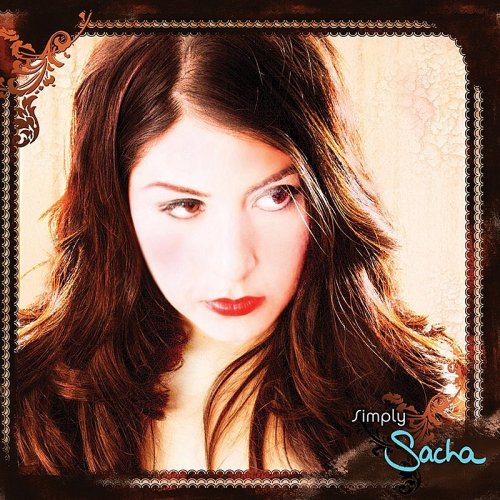
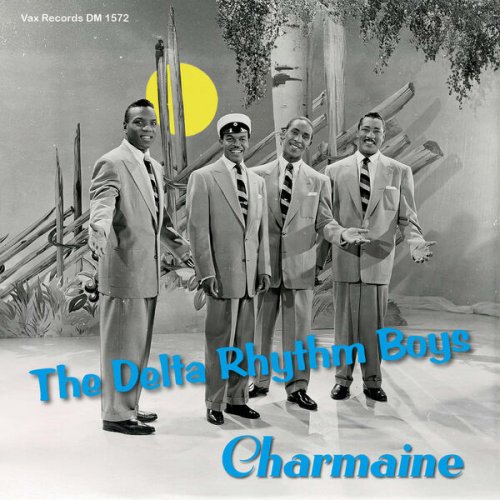
![Grises - Eveil (2025) [Hi-Res] Grises - Eveil (2025) [Hi-Res]](https://www.dibpic.com/uploads/posts/2025-12/1766127968_cover.jpg)
